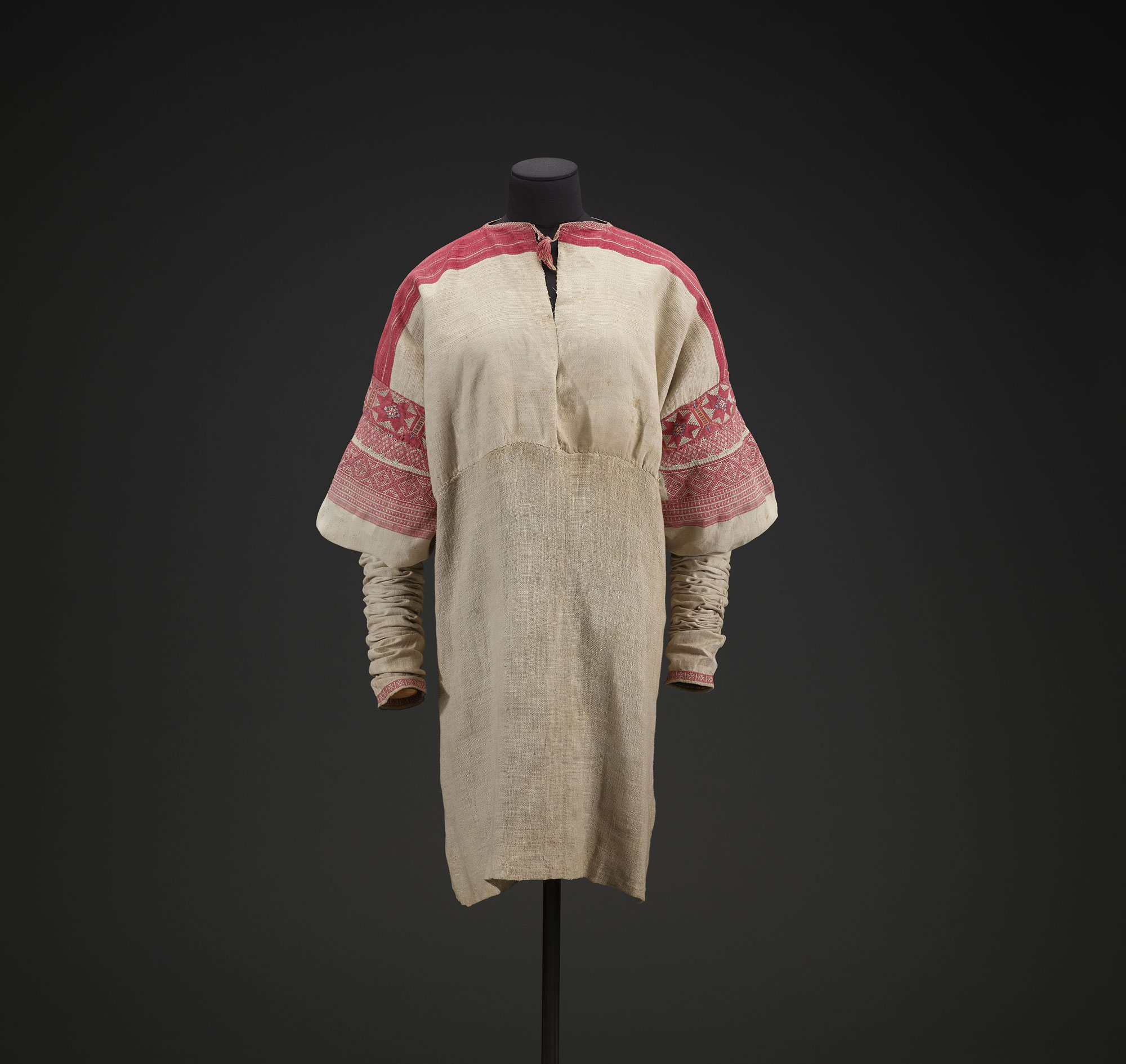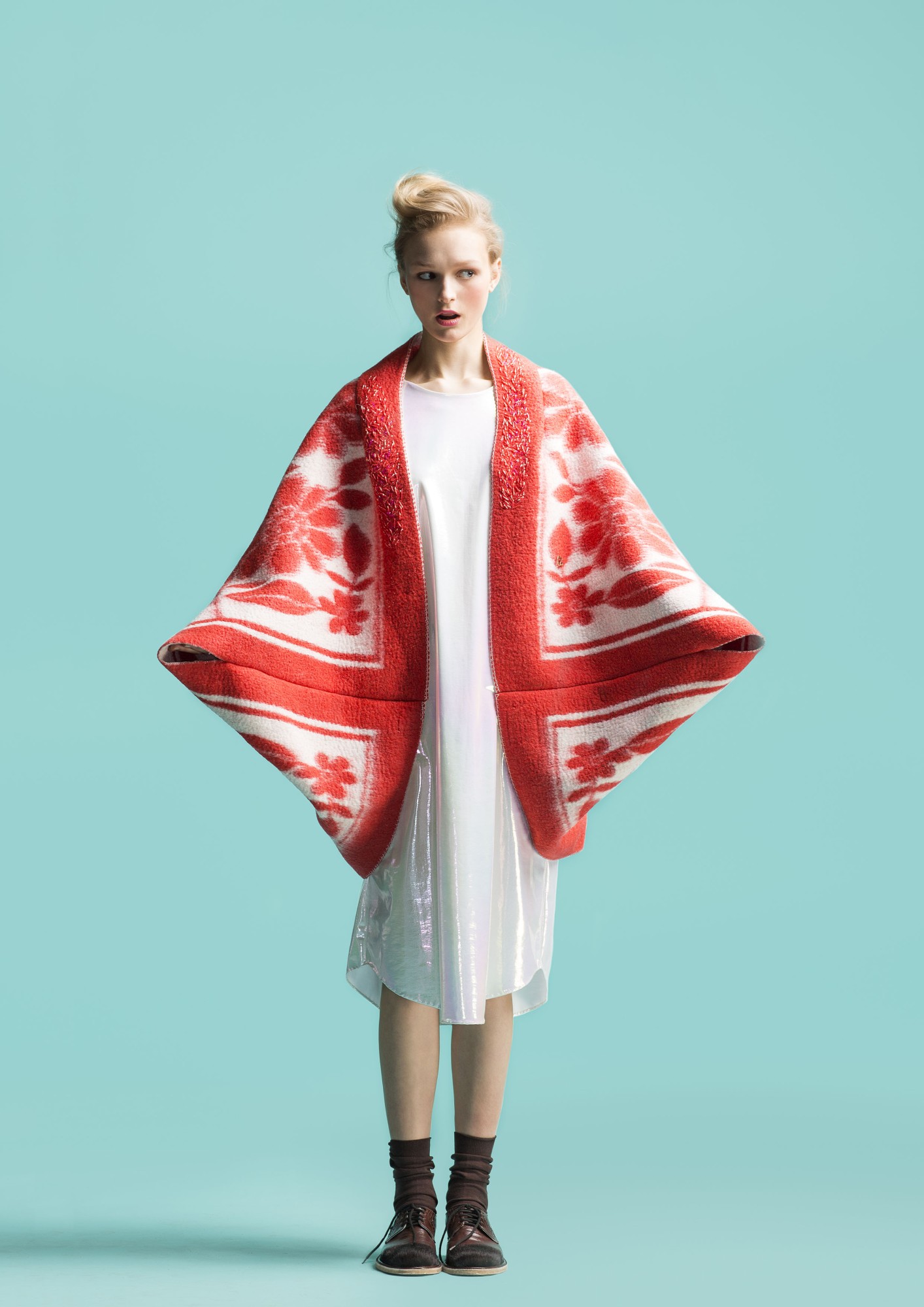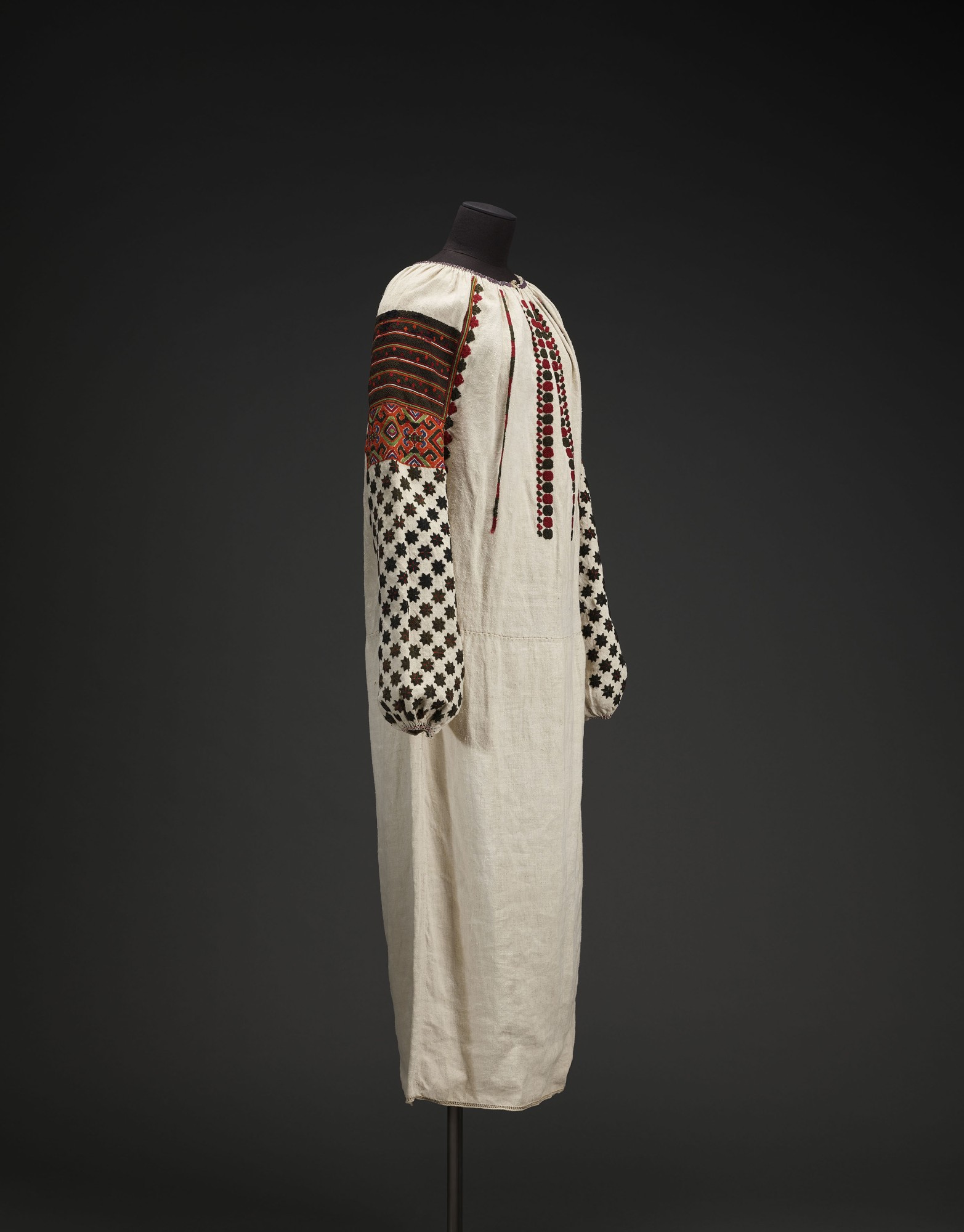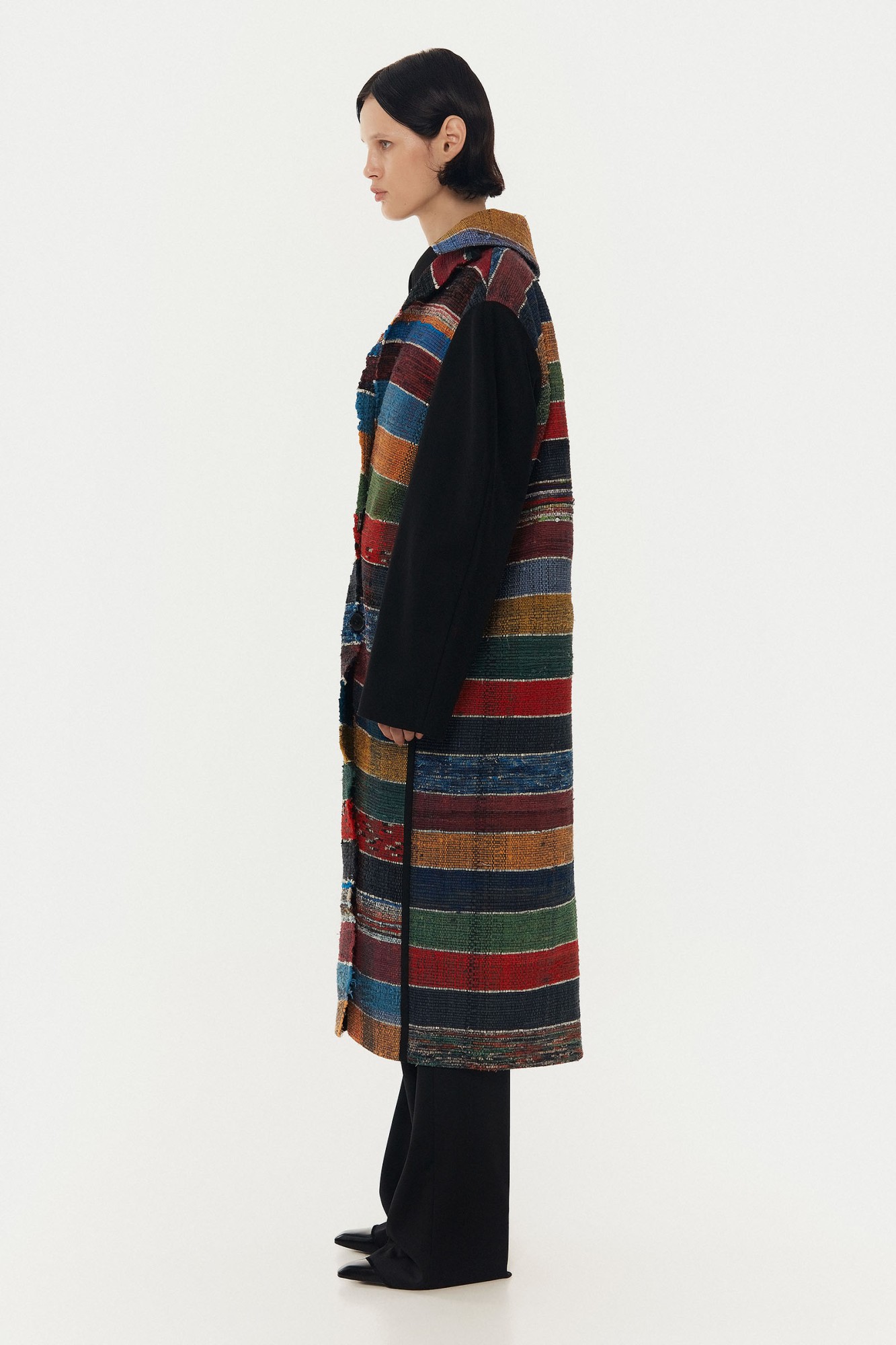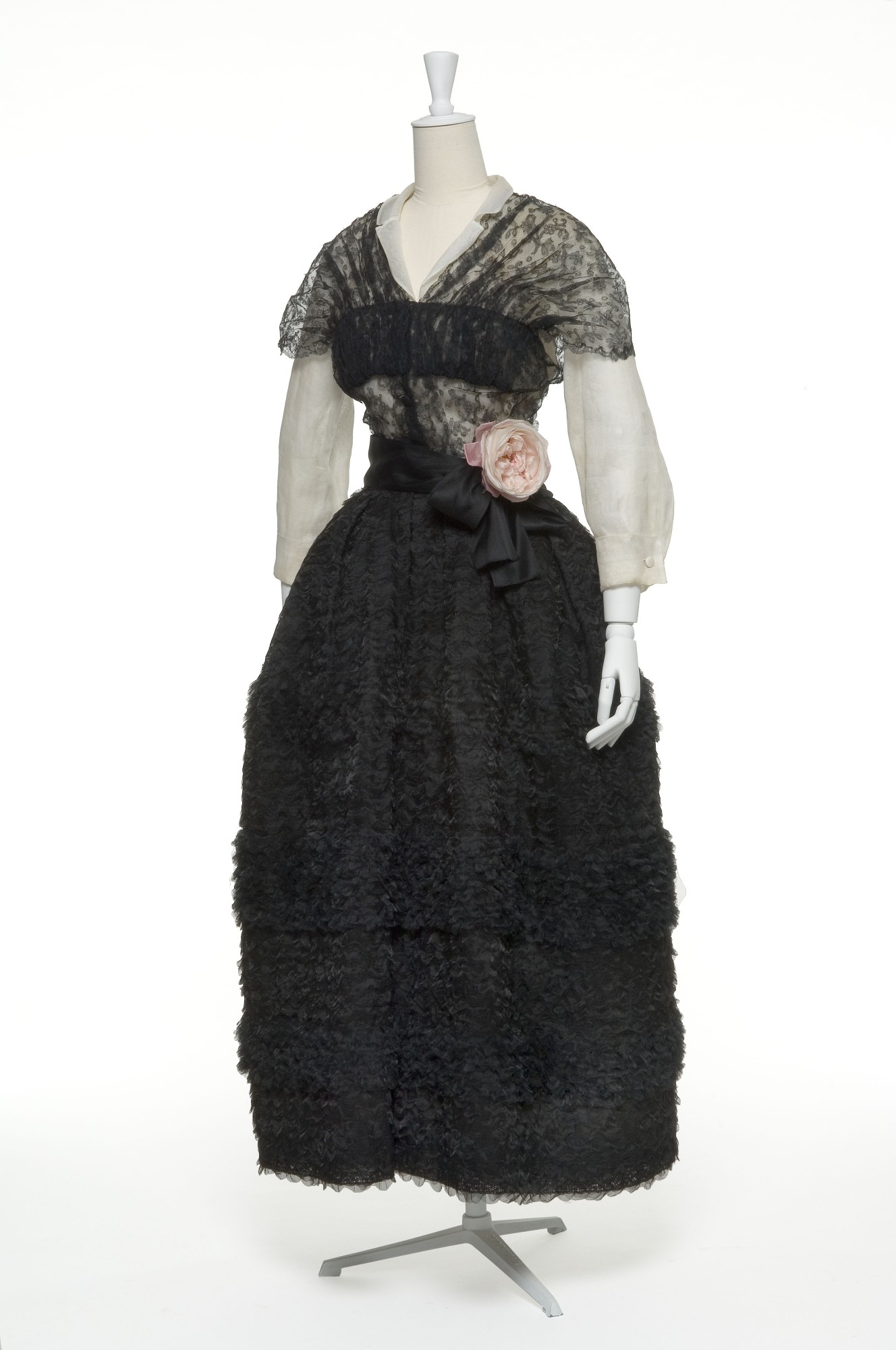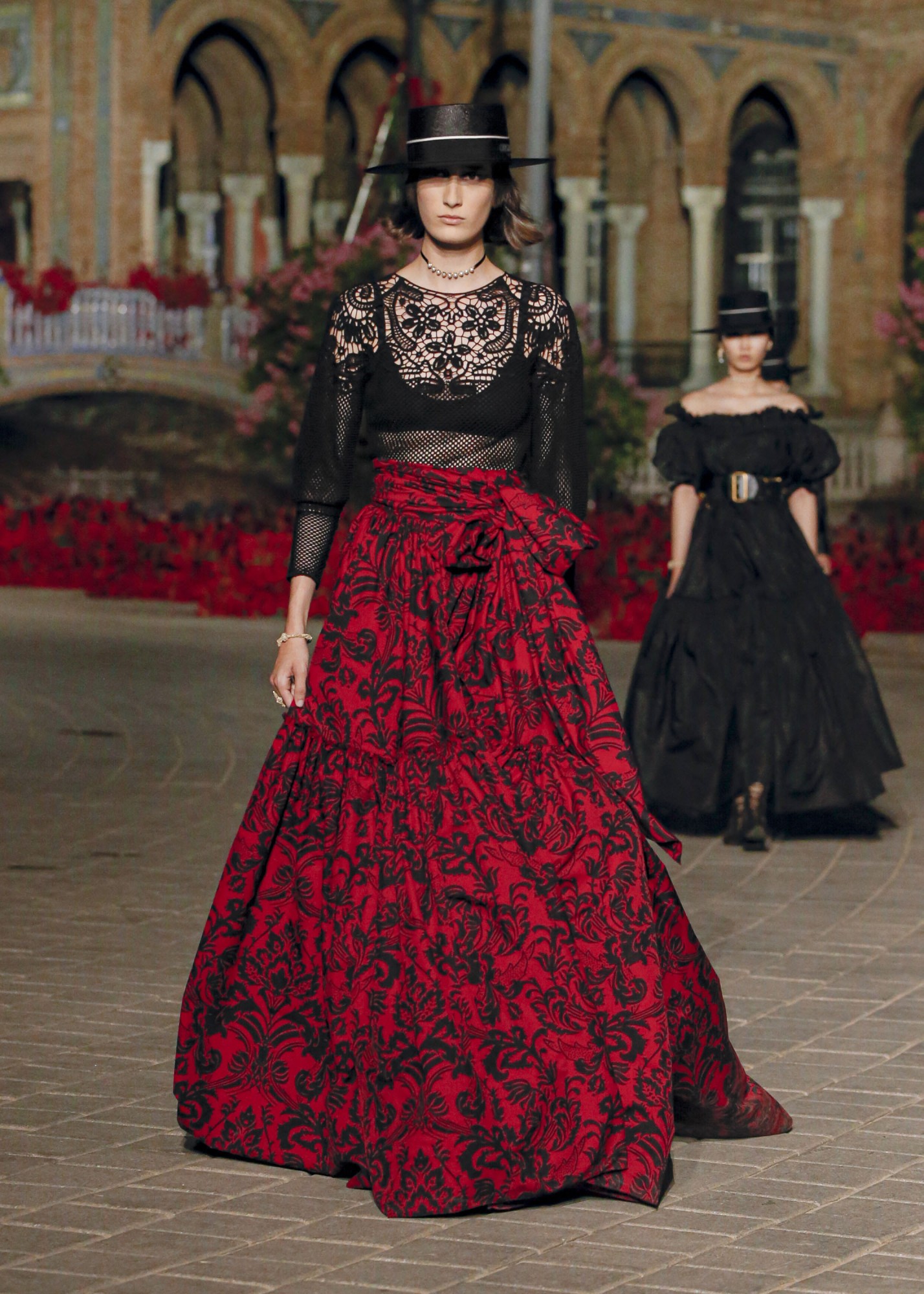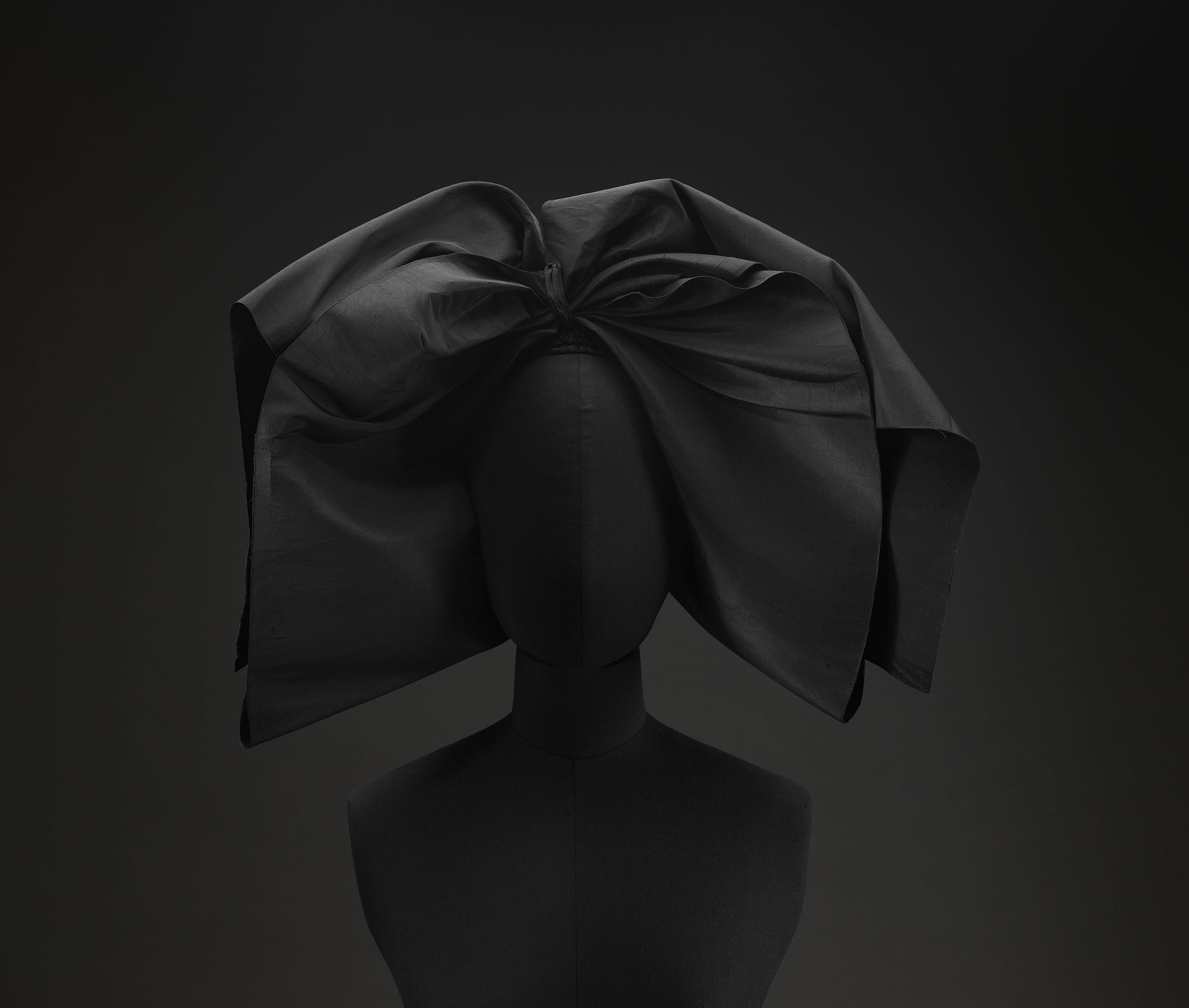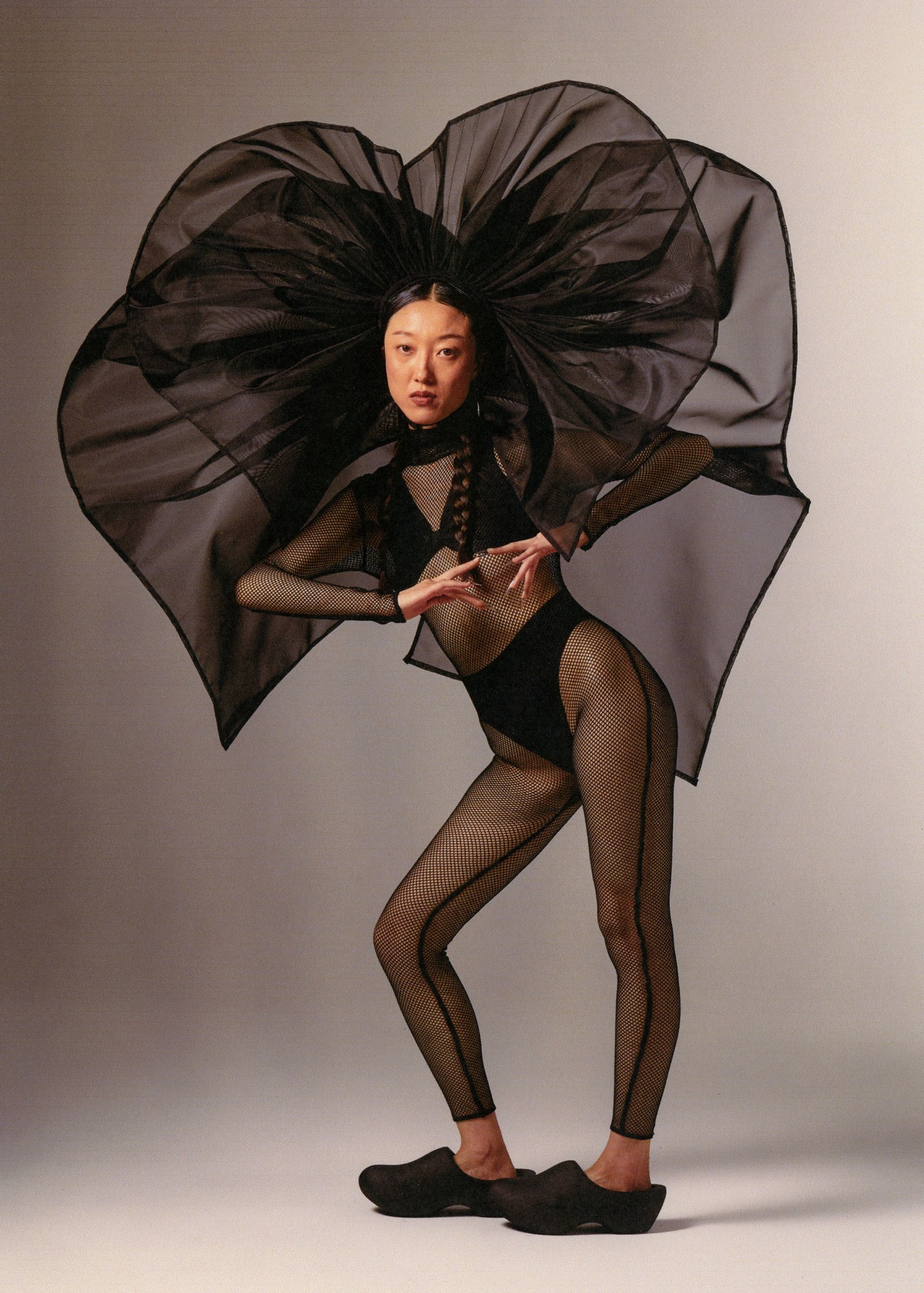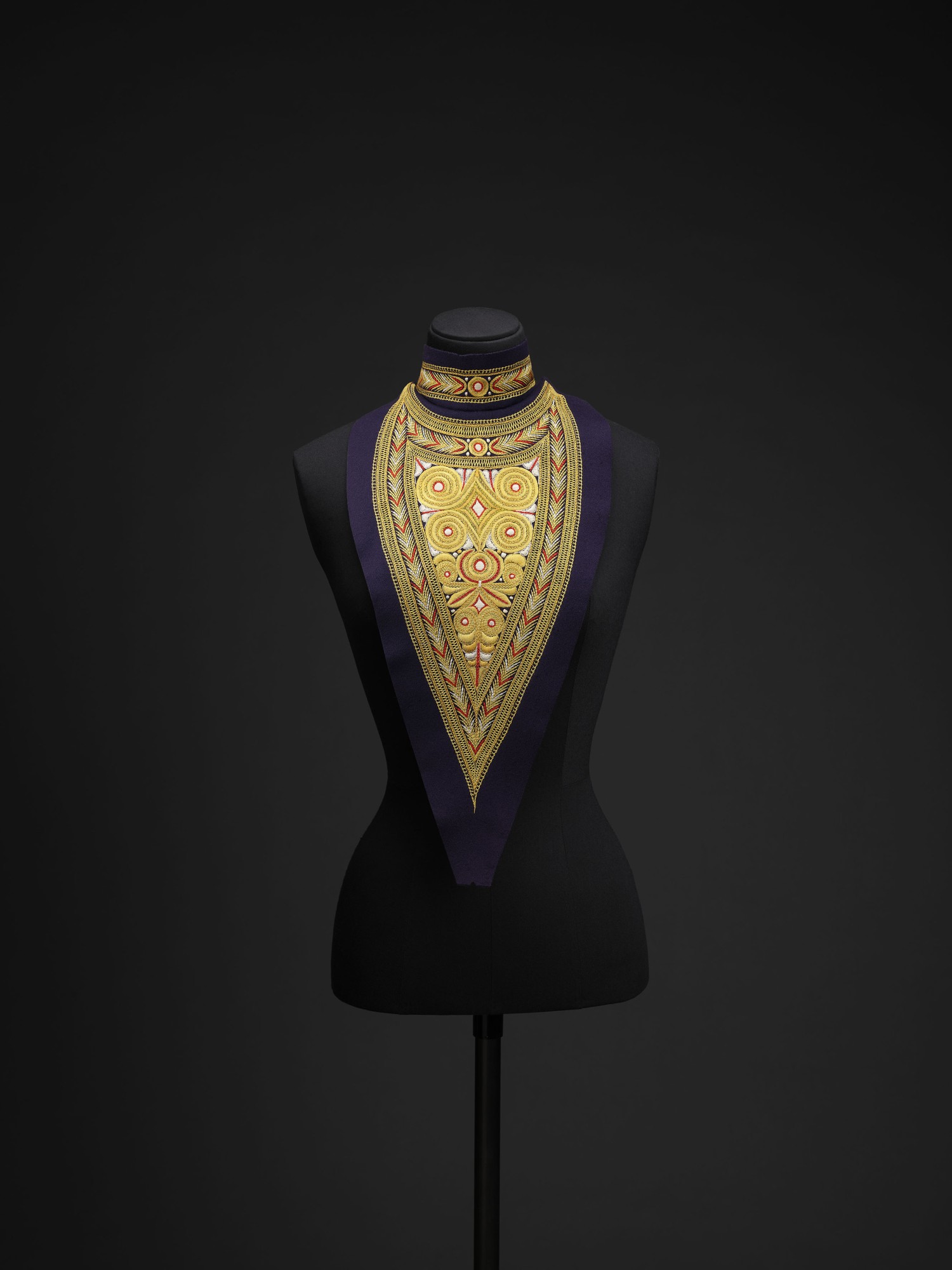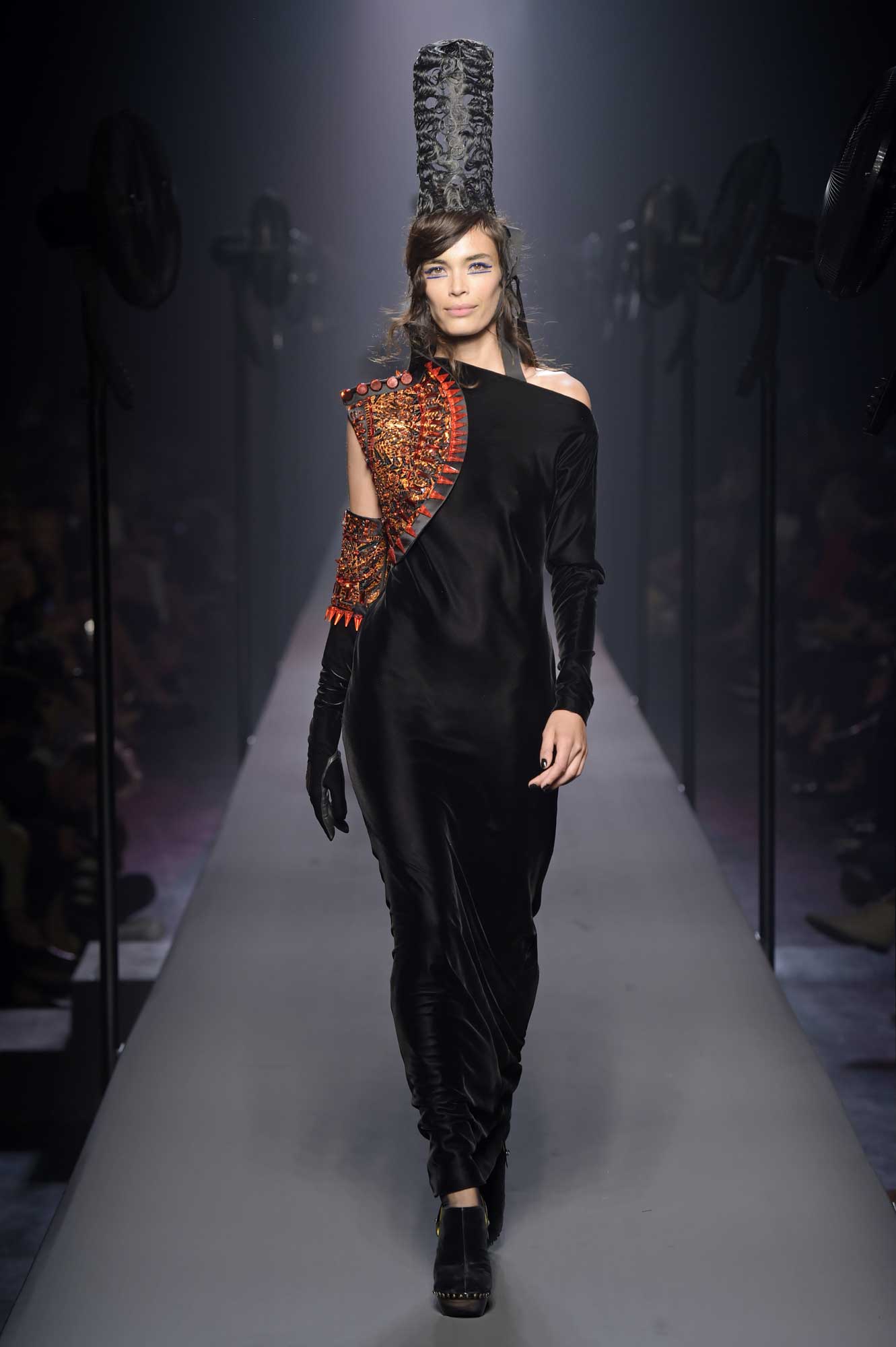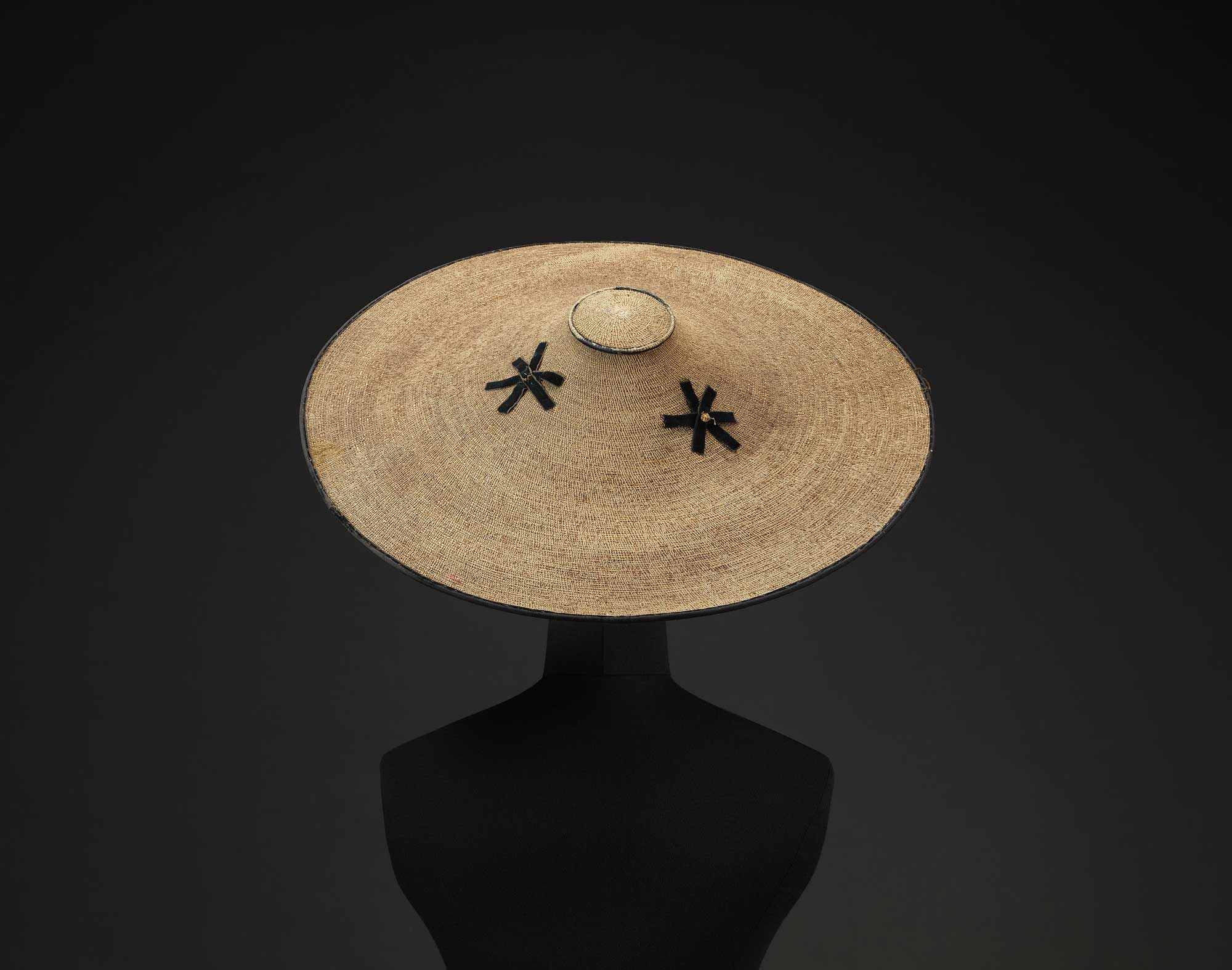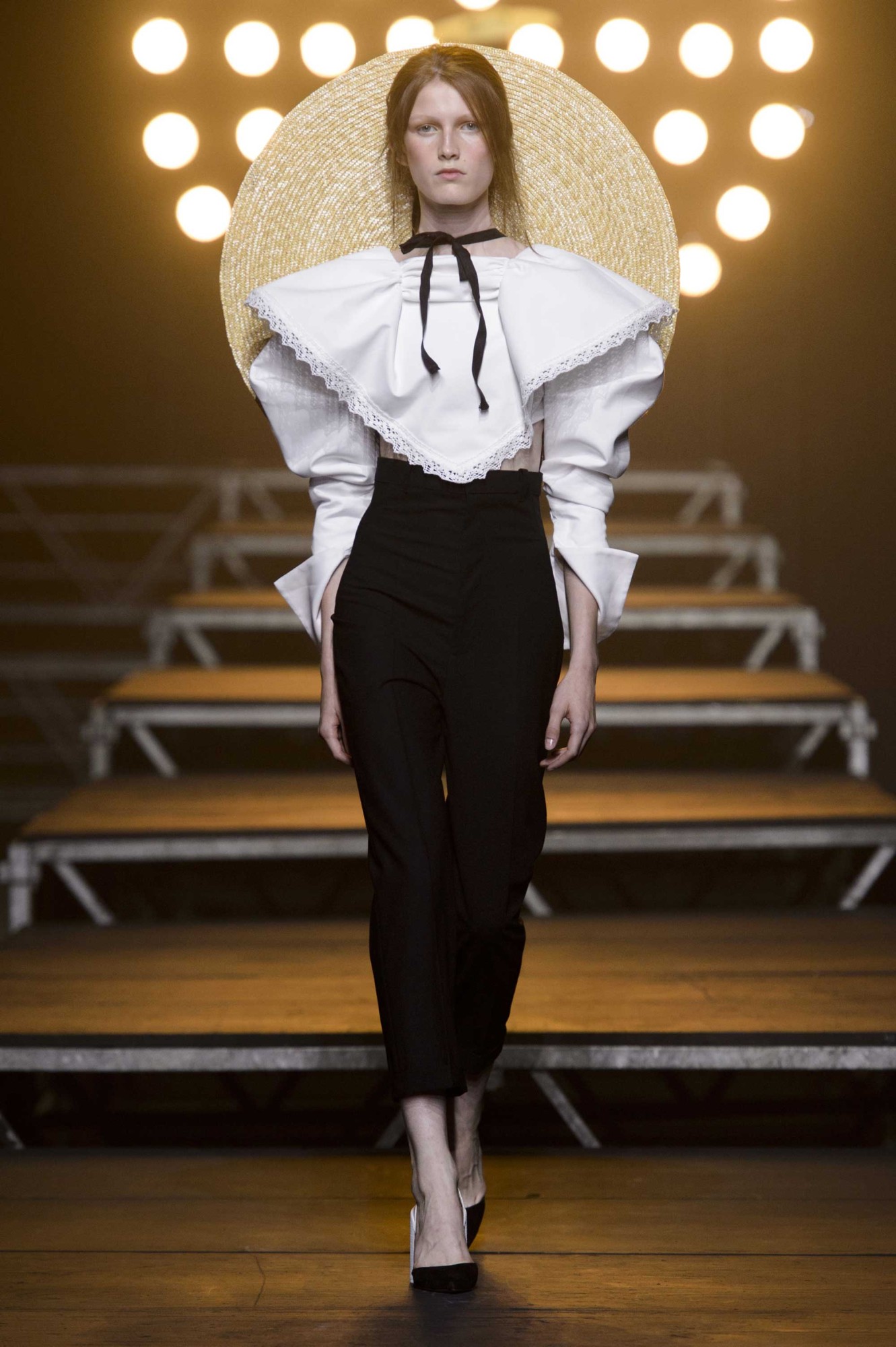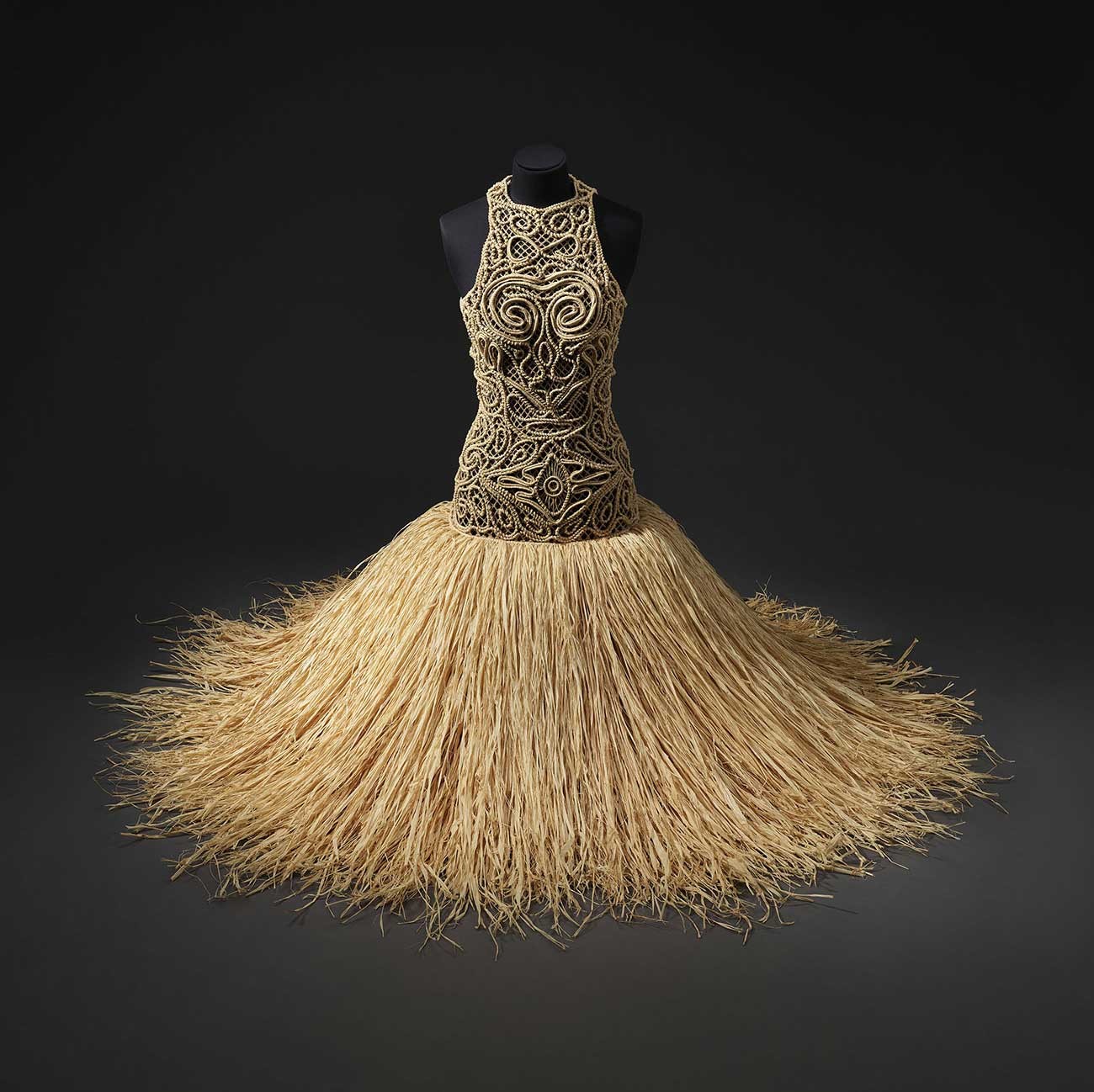
Plein Sud: What prompted this exhibition and your collaboration?
Marie-Charlotte Calafat: We've been working on it for over three years. Previously, we put on an exhibition called Folklore at the Mucem in co-production with the Centre Pompidou Metz, which was more broadly aimed at thinking about the whole of popular art and folklore. There was a small section devoted to textiles, which gave us the opportunity to talk with Aurélie, who at the time was at Yves Saint-Laurent. We said to ourselves: there's a case for an exhibition in its entirety, with the desire to show a large proportion of the museum's textile collection for the first time. The last textile exhibitions were at the Musée des Arts et Traditions Populaires and the Musée de l'Homme in the 80s and 90s. It was time to do something with the Mucem collection.
Aurélie Samuel: For my part, I had also worked on the subject of the inspiration of traditional costume in haute couture, but in the Asian field, since I'm more of an Asian arts specialist. I was particularly interested in this dialogue, and the idea of working on this subject with Mucem's collections seemed totally innovative and interesting.
PS: Why should you come and see this exhibition?
MCC: Firstly, because the textile collection doesn't come out very often. It's very fragile, and we're obliged to limit exhibition times. So it's a truly generous proposition, with 300 pieces and 34 houses lending exceptional pieces from the history of haute couture and fashion. This dialogue is quite unprecedented.
AS: It's not a classic historical or technical approach, but a different way of looking at fashion through different themes.
PS: Which part of the exhibition continues to surprise you?
MCC: What surprises me is the whole thing, because the exhibition brings the costumes to life. Because basically, it's full of isolated pieces that suddenly take shape on the mannequins. It's already quite powerful, because all through the editing process, there was a fear of how this popular costume would interact with haute couture, of whether the de-hierarchization would really be able to work? The pleasure is to see that it actually works, that it's beautiful, and that's really the success of this exhibition.
AS: The part about the Romanian smocks surprised me the most, and was the one I was most worried about. It's an installation that exudes a force I'd never have imagined, and which inhabits the space in a particular way. It also sums up what we're talking about, because there's an idea of travel, if only in the presentation of the blouses and the dialogue with haute couture. It's a place that surprises me every time I see it.
PS: Three adjectives to describe this exhibition:
MCC: Beautiful, surprising and questioning. That's its strength, because we're at the Mucem, which is a museum of society, and in fact there are going to be a lot of questions raised by the curiosity these pieces arouse. They raise questions about people, heritage and reuse, and even about the geopolitical and cultural issues we're facing today.
AS: I don't really have any adjectives, but I'd say it's an exhibition that takes the visitor on a journey, but not necessarily just a geographical one, but also a cultural, ethnological and sociological journey through oneself and one's own perception of clothing and the body.
Fashion Folklore. Mucem, Marseille → 06.11.23
